Lack of oomph and added sugar make it a good rum for the unadventurous general market.
Your appreciation and philosophy of rum can be gauged by your reaction to Compagnie des Indes Caraïbes edition, which was one of the first rums Florent Beuchet made. It’s still in production, garnering reviews that are across the spectrum – some like it, some don’t. Most agree it’s okay. I think it’s one of the few missteps CDI ever made, and shows a maker still experimenting, still finding his feet. Brutally speaking, it’s a fail compared to the glittering panoply and quality of their full proof rums which (rightfully) garner much more attention and praise.
To some extent that’s because there is a purity and focus to other products in the company’s line up: most are single barrel expressions from various countries, unblended with other rums, issued at varying strengths, all greater than the anemic 40% of the Caraïbes… and none of them have additives, which this one does (15g/L of organic sugar cane syrup plus caramel for colouring).That doesn’t make it a bad rum, just one that doesn’t appeal to me…though it may to many others who have standards different from mine. You know who you are.
I know many makers in the past have done blends of various islands’ rums — Ocean’s Atlantic was an example — but I dunno, I’ve never been totally convinced it works. Still, observe the thinking that went into the assembly (the dissemination of which more rum makers who push multi-island blends out the door should follow). According to Florent, the Caraïbes is a mix of column still rums: 25% Barbados for clarity and power (the spine), 50% Trinidad & Tobago (Angostura) for fruitiness and flowers, and 25% Guyanese rum (Enmore and PM) for the finish. At the time, it didn’t occur to me to ask what the relative proofs of the various components were. The unmixed barrels were aged for 3-5 years in ex-bourbon casks in the tropics, then moved to Europe for the final marriage of the rums (and the additives).
Where I’m going with this is to establish that some care and thought actually went into the blend. That it didn’t work may be more my personal predilections than yours, hence my opening remark. But consider how it sampled and follow me through my reasoning. The nose, as to be expected, channelled a spaniel’s loving eyes: soft and warm, somewhat dry, if ultimately too thin, with some of the youth of the components being evident. Flowers, apricots, ripening red cherries plus some anise and raisins, and unidentifiable muskier notes, it was pleasant, easy, unaggressive.
The mouth was quite a smorgasbord of flavours as well, leading off with cloves, cedar, leather and peaches (a strange and not entirely successful amalgam), with vanilla, toffee, ginger snaps, anise and licorice being held way back, present and accounted for, very weak. The whole mouthfeel was sweeter, denser, fuller, than might be expected from 40% (and that’s where the additive comes into its own, as well as in taking out some sharper edges), but the weakness of the taste profile sinks the effort. Rather than smoothening out variations and sharpness in the taste profile, the added sweeteners smothers it all like a heavy feather blanket. You can sense more there, somewhere…you just can’t get to it. The rum should have been issued at 45% at least in order to ameliorate these effects, which carried over into a short, sweet finish of anise and licorice (more dominant here at the end), ginger and salted caramel ice cream from Hagen Dasz (my favourite).
All right so there you have it. The 40% is not enough and the added sugar had an effect that obstructed the efforts of other, perhaps subtler flavours to escape. Did the assembly of the three countries’ rums work? I think so, but only up to a point. The Guyanese component, even in small portions, is extremely recognizable and draws attention away from others that could have been beefed up, and the overall lightness of the rum makes details hard to analyze. I barely sensed any Bajan, and the Trini could have been any country’s stocks with a fruity and floral profile (a Caroni it was not).
In fine, this rum has more potential than performance for a rum geek, and since it was among the first to be issued by the company, aimed lower, catered to a mass audience, it sold briskly. Maybe this is a case of finance eclipsing romance…no rum maker can afford to ignore something popular that sells well, whatever their artistic ambitions might be. Fortunately for us all, as time rolled by, CDI came out with a truckload of better, stronger, more unique rums for us to chose from, giving something to just about everyone. What a relief.
(#293 / 82/100)


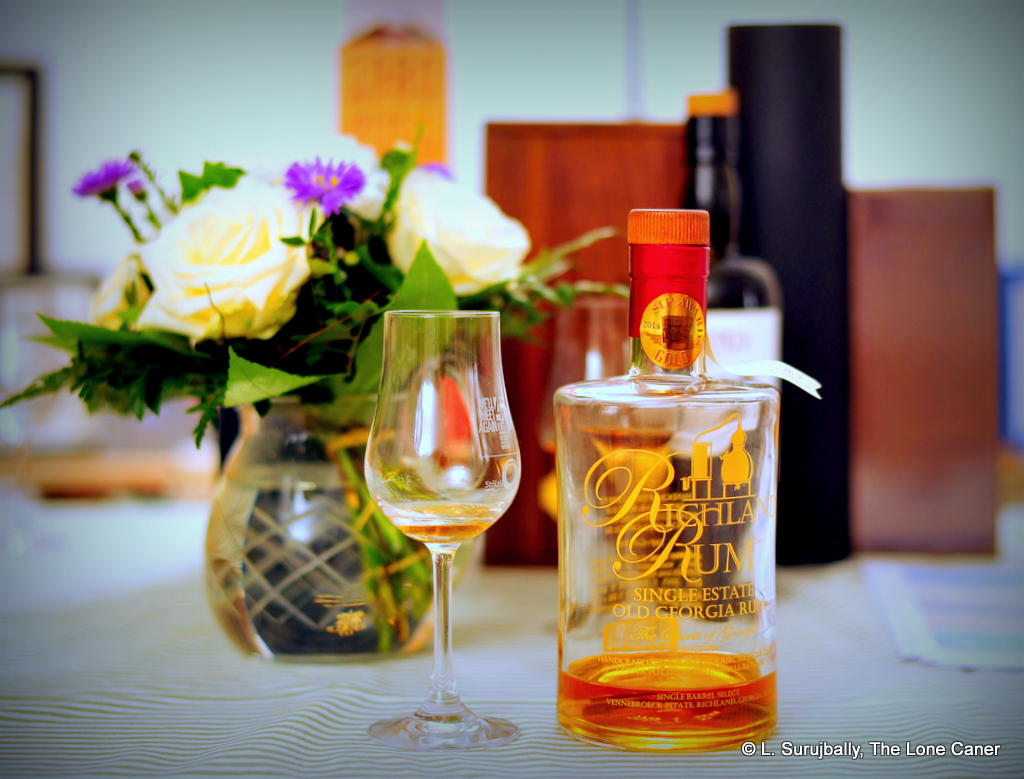
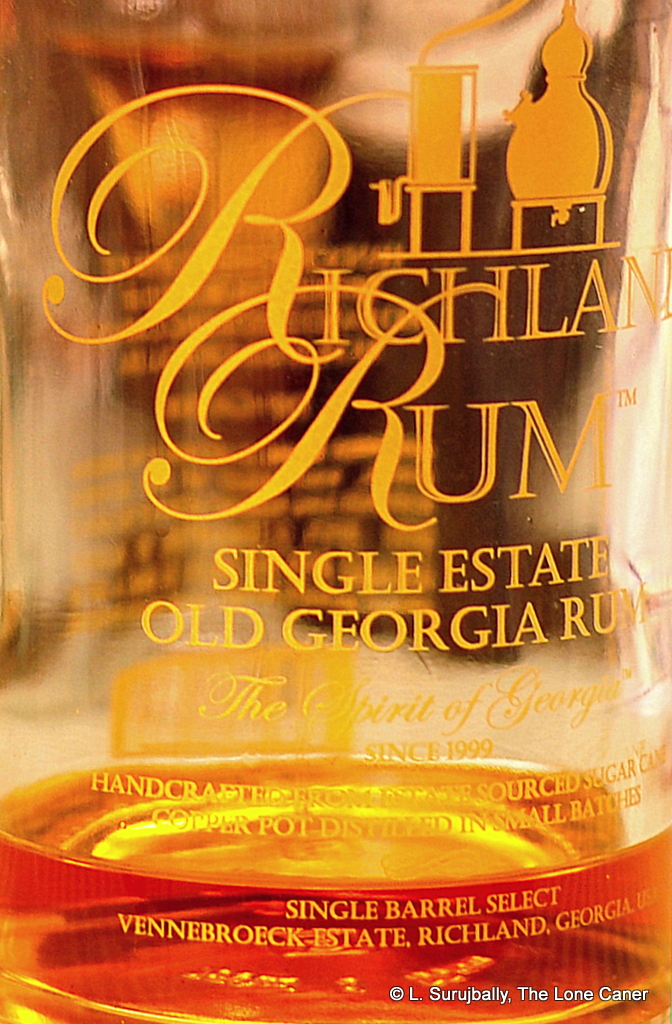

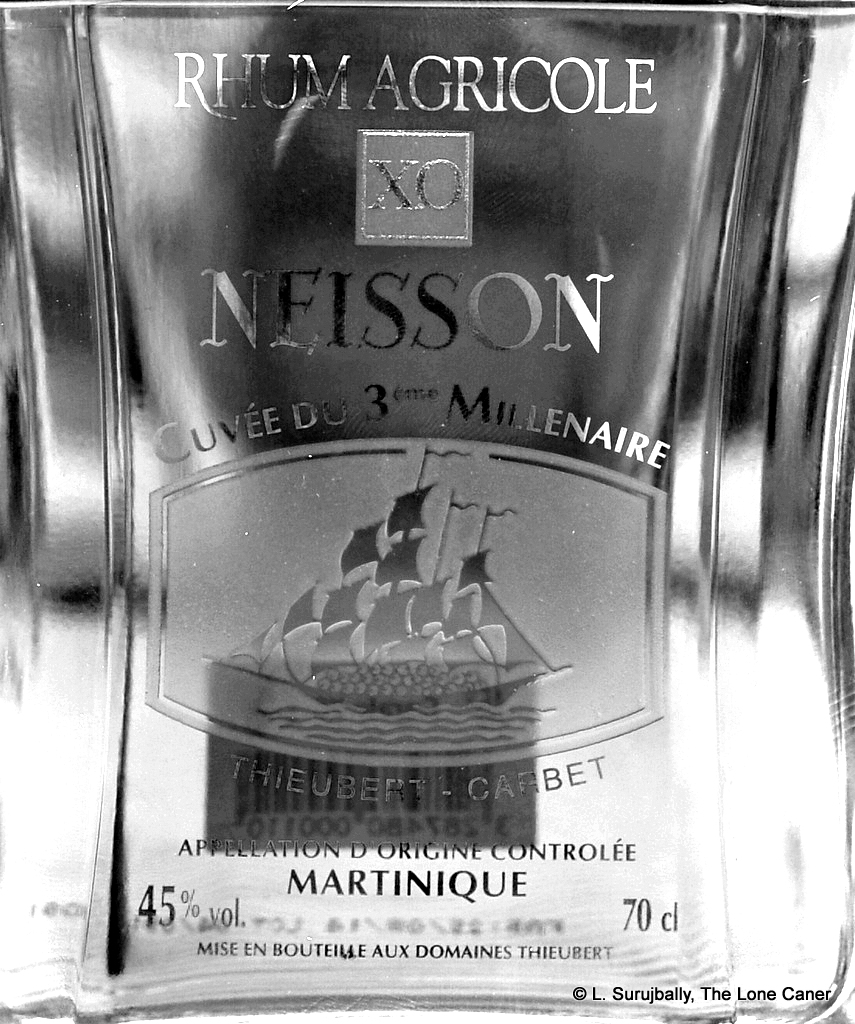

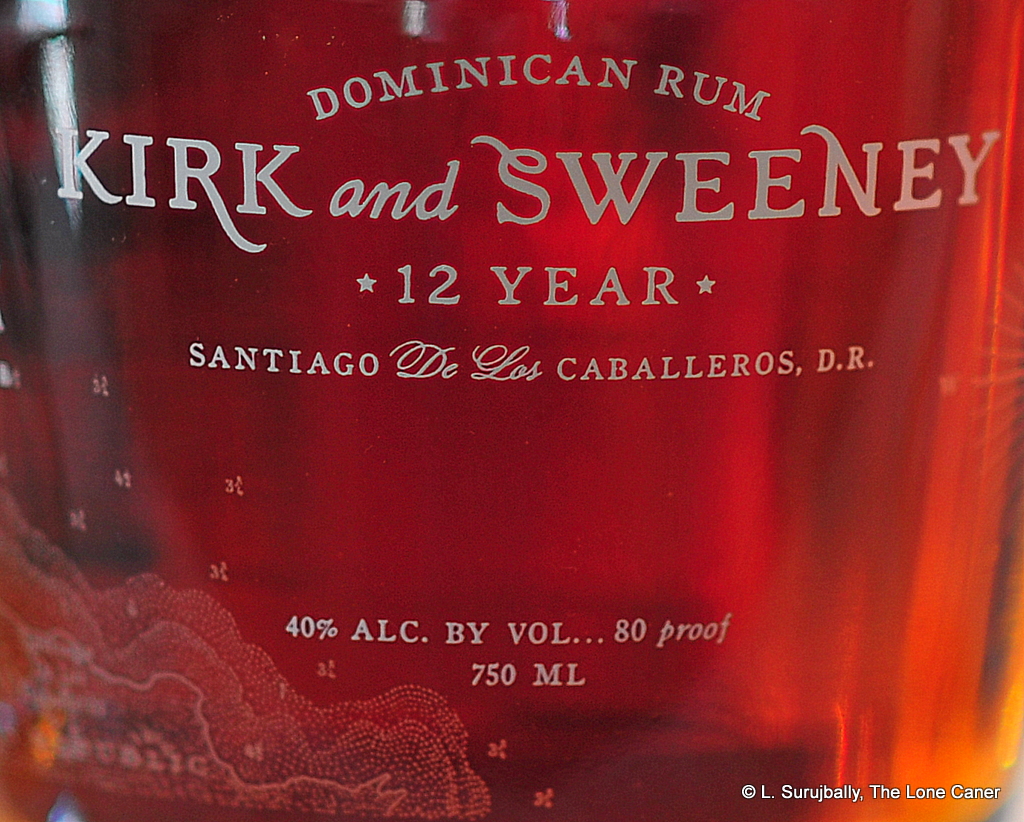
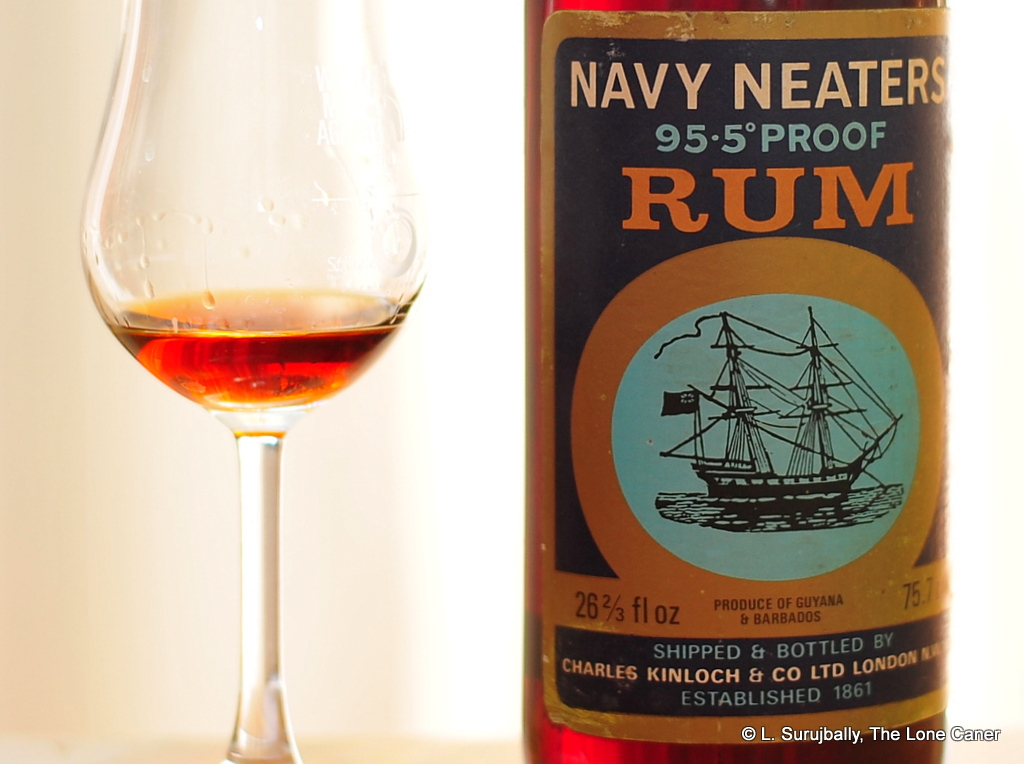
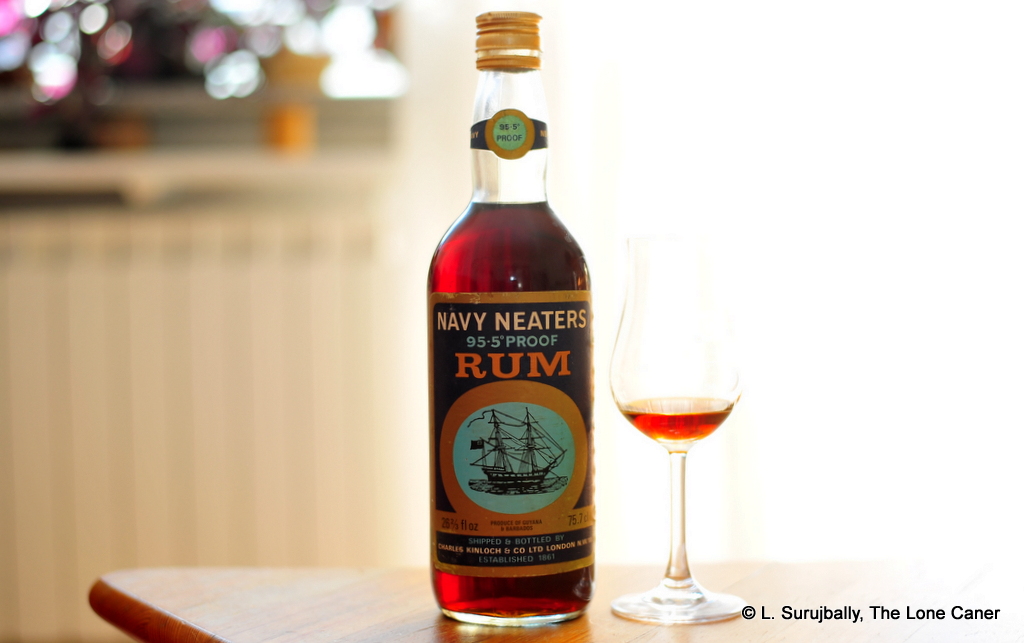
 A well made full proof rum should be intense but not savage. The point of the elevated strength is not to hurt you, damage your insides, or give you an opportunity to prove how you rock it in the ‘Hood — but to provide crisper, clearer and stronger tastes that are more distinct (and delicious). When done right, such rums are excellent as both sippers or cocktail ingredients and therein lies much of their attraction for people across the drinking spectrum. Perhaps in the years to come, there’s the potential for rum makers to reach into the past and recreate such a remarkable profile once again. I can hope, I guess.
A well made full proof rum should be intense but not savage. The point of the elevated strength is not to hurt you, damage your insides, or give you an opportunity to prove how you rock it in the ‘Hood — but to provide crisper, clearer and stronger tastes that are more distinct (and delicious). When done right, such rums are excellent as both sippers or cocktail ingredients and therein lies much of their attraction for people across the drinking spectrum. Perhaps in the years to come, there’s the potential for rum makers to reach into the past and recreate such a remarkable profile once again. I can hope, I guess.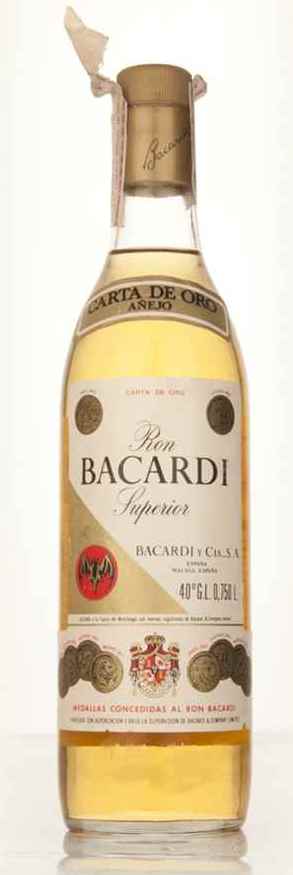 Rumaniacs Review 022 | 0422
Rumaniacs Review 022 | 0422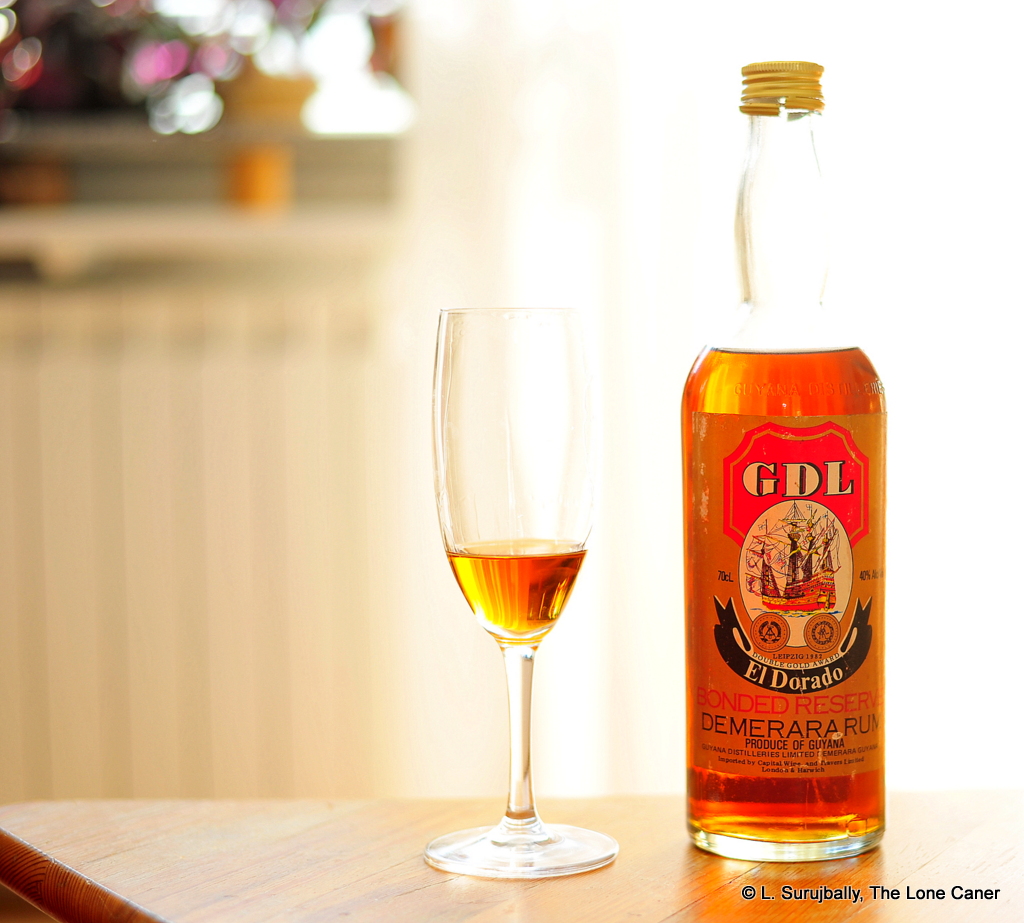
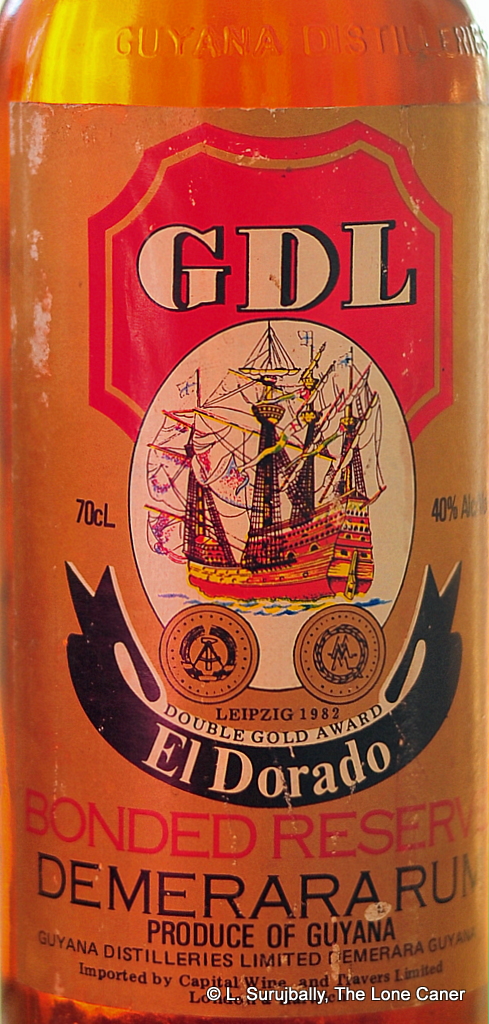 Tasting the Bonded Reserve raised all sorts of questions, and for anyone into Mudland rums, the first one had to be the one you’re all thinking of: from which still did it come? I didn’t think it was any of the wooden ones – there was none of that licorice or fruity intensity here that so distinguishes them. It was medium to light bodied in texture, very feebly sweet, and presented initially as dry – I’d suggest it was a column still product. Prunes, coffee, some burnt sugar, nougat and caramel, more of that faint leather and smoke background, all rounded out with the distant, almost imperceptible murmuring of citrus and crushed walnuts, nothing special. The finish just continued on these muted notes of light raisins and molasses and toffee, but too little of everything or anything to excite interest beyond the historical.
Tasting the Bonded Reserve raised all sorts of questions, and for anyone into Mudland rums, the first one had to be the one you’re all thinking of: from which still did it come? I didn’t think it was any of the wooden ones – there was none of that licorice or fruity intensity here that so distinguishes them. It was medium to light bodied in texture, very feebly sweet, and presented initially as dry – I’d suggest it was a column still product. Prunes, coffee, some burnt sugar, nougat and caramel, more of that faint leather and smoke background, all rounded out with the distant, almost imperceptible murmuring of citrus and crushed walnuts, nothing special. The finish just continued on these muted notes of light raisins and molasses and toffee, but too little of everything or anything to excite interest beyond the historical.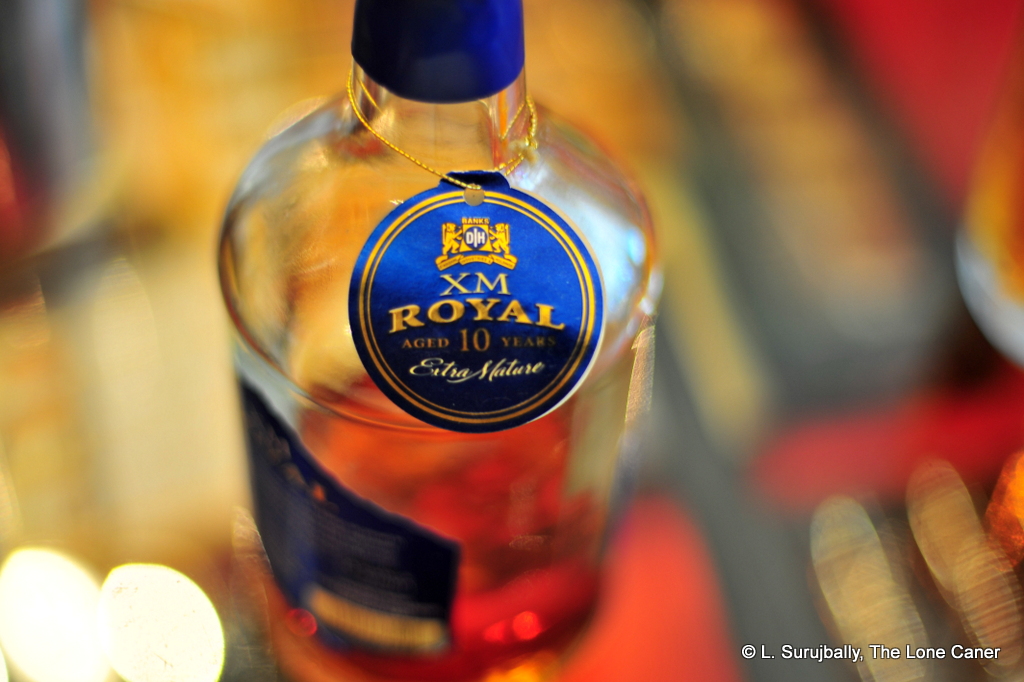
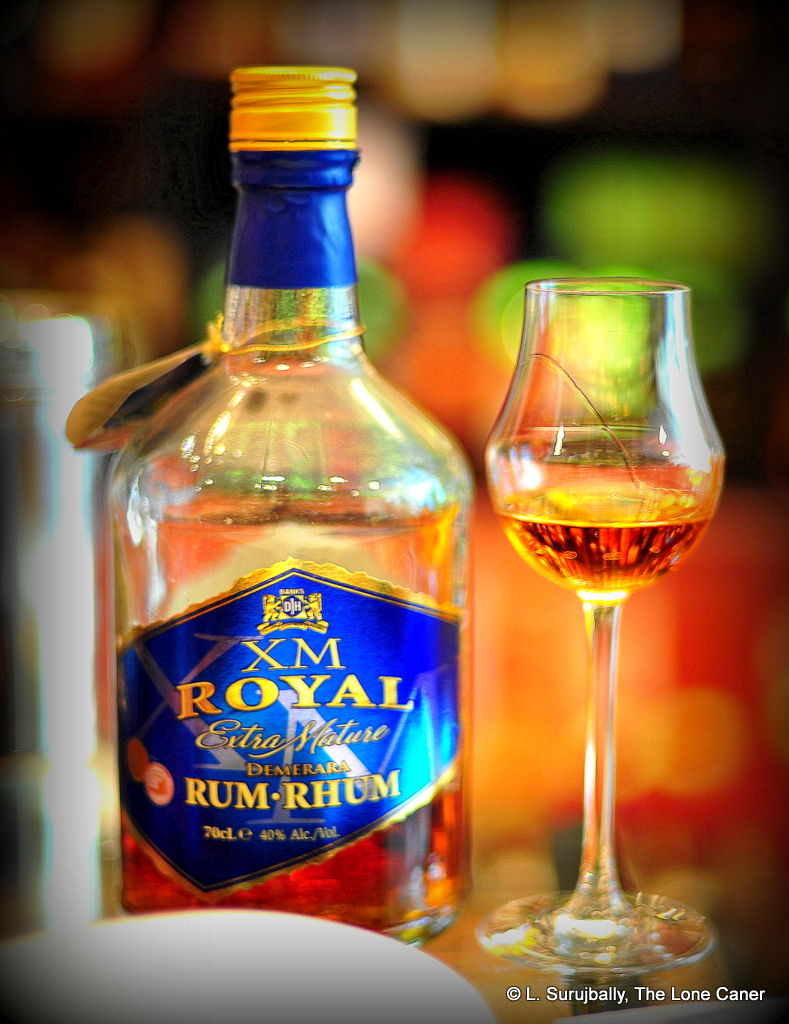 Starting as “Demerara Ice House” (there really was an ice factory in Water Street, and yes, it’s still there) and now called D’Aguiar’s Industries and Holdings (hence the DIH) at the beginning of the 20th century, the D’Aguiar family built up a huge food and drinks conglomerate, of which rums remain a relatively small part – they were and remain one of the first and largest bottlers in the Caribbean. They have a huge facility right outside Georgetown in the fragrantly named “Thirst Park”, they make beer, soft drinks, distilled water (among many other consumer nibbles) and with respect to rums, act as blenders, not makers like DDL. Their best known rums back then were the 5, 10 and 15 year old, the
Starting as “Demerara Ice House” (there really was an ice factory in Water Street, and yes, it’s still there) and now called D’Aguiar’s Industries and Holdings (hence the DIH) at the beginning of the 20th century, the D’Aguiar family built up a huge food and drinks conglomerate, of which rums remain a relatively small part – they were and remain one of the first and largest bottlers in the Caribbean. They have a huge facility right outside Georgetown in the fragrantly named “Thirst Park”, they make beer, soft drinks, distilled water (among many other consumer nibbles) and with respect to rums, act as blenders, not makers like DDL. Their best known rums back then were the 5, 10 and 15 year old, the 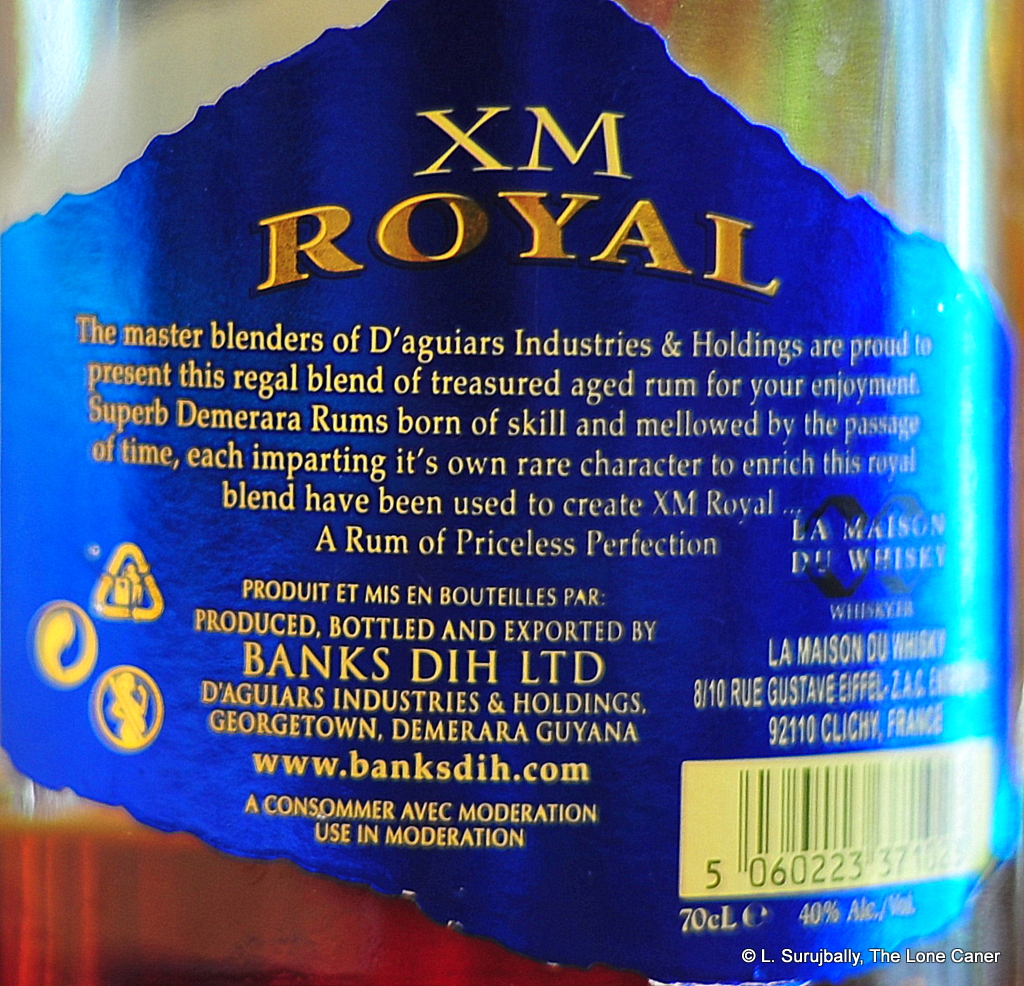 My own opinion was that it lacked body and needed a firmer texture…the XM 10, while not exactly anorexic, gave the impression of having rather more potential than actuality, and the flavours, decent and tasty enough by themselves, suffered somewhat from dumbing things down to standard strength (this may be my personal preferences talking — I’ve gone on record many times in stating that 40% is just not good enough for me anymore — so take that bias into account). On the other hand, maybe it’s like the DDL 12 year old, a bridge to the better rums in the XM universe like the 12 and the 15…and since I obtained those the other day, once I review them I can tell you whether this paucity of character is a characteristic of this rum only, or some sort of preference of the master blender that permeates the line. Honestly, I hope it’s the former.
My own opinion was that it lacked body and needed a firmer texture…the XM 10, while not exactly anorexic, gave the impression of having rather more potential than actuality, and the flavours, decent and tasty enough by themselves, suffered somewhat from dumbing things down to standard strength (this may be my personal preferences talking — I’ve gone on record many times in stating that 40% is just not good enough for me anymore — so take that bias into account). On the other hand, maybe it’s like the DDL 12 year old, a bridge to the better rums in the XM universe like the 12 and the 15…and since I obtained those the other day, once I review them I can tell you whether this paucity of character is a characteristic of this rum only, or some sort of preference of the master blender that permeates the line. Honestly, I hope it’s the former.
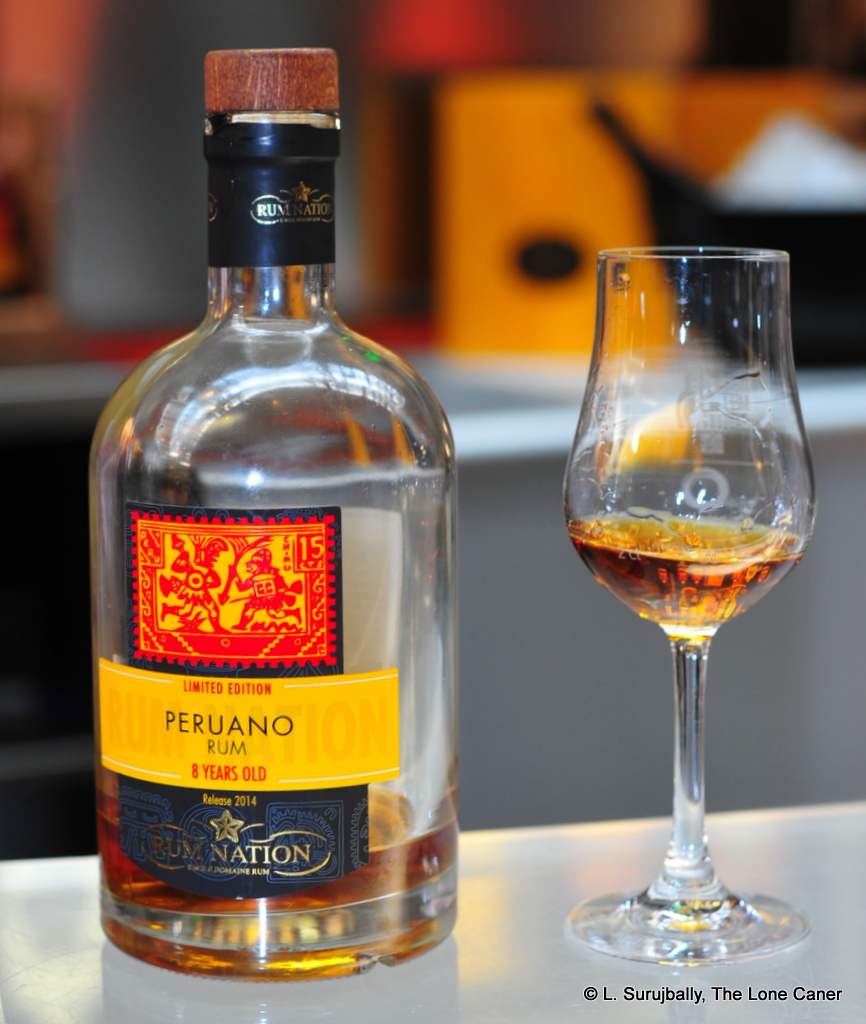
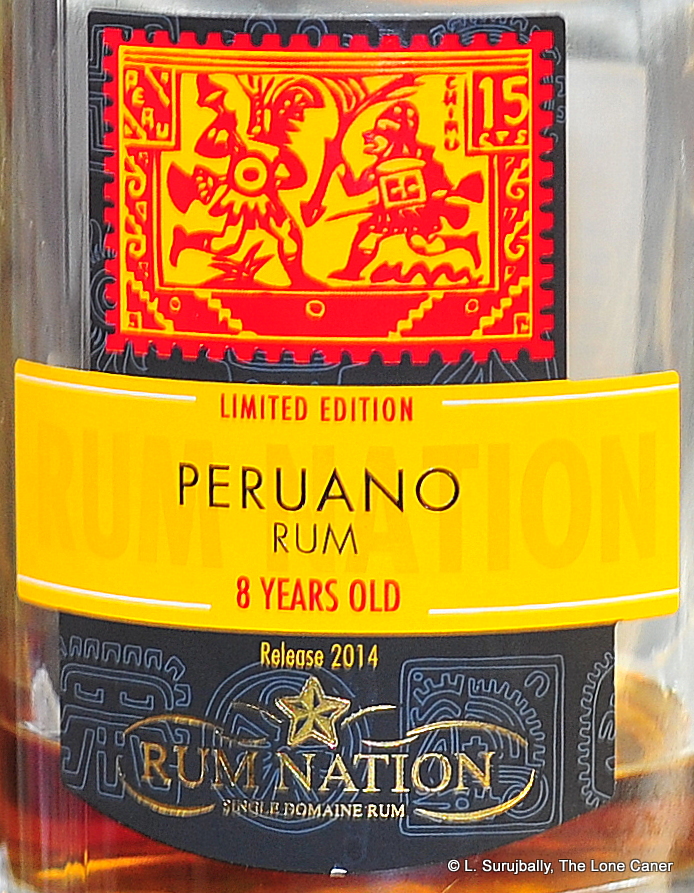 Anyway, the Peruano 8: an dark gold-copper coloured rum, clocking in at 42% ABV, and deriving from the Trujillo gents who also make the Cartavio XO. Fabio told me once that some years back he was seeking a very light, delicate rum to take on Zacapa, and thought he found it in Peru, in the Pomalca distillery which also produces the Cartavio on what looks like a muticolumn still. The initial rums he got from there formed the Millonario 15 and XO rums, and these were successful enough for him to issue a Peruvian in its own right, aged for eight years in bourbon casks. No more mucking about with soleras here.
Anyway, the Peruano 8: an dark gold-copper coloured rum, clocking in at 42% ABV, and deriving from the Trujillo gents who also make the Cartavio XO. Fabio told me once that some years back he was seeking a very light, delicate rum to take on Zacapa, and thought he found it in Peru, in the Pomalca distillery which also produces the Cartavio on what looks like a muticolumn still. The initial rums he got from there formed the Millonario 15 and XO rums, and these were successful enough for him to issue a Peruvian in its own right, aged for eight years in bourbon casks. No more mucking about with soleras here.


 The dark mahogany-red Cadenhead rum was actually quite similar to the Norse Cask. Some rubber and medicinals and turpentine started the nose party going, swiftly gone. Then the licorice and tobacco — of what I’m going to say was a blend with a majority of Port Mourant distillate — thundered onto the stage, followed by a muted backup chorus of wood, oak, hay, raisins, caramel, brown sugar. I sensed apricots in syrup (or were those peach slices?). It’s the lack of oomph on the strength that made trying the rum an exercise in frustrated patience for me. I knew the fair ladies were in there…they just didn’t want to come out and dance (and paradoxically, that made me pay closer attention). It took a while to tease out the notes, but as I’ve said many times before, the PM profile is pretty unmistakeable and can’t be missed…and that was damned fine, let me reassure you, no matter what else was blended into the mix.
The dark mahogany-red Cadenhead rum was actually quite similar to the Norse Cask. Some rubber and medicinals and turpentine started the nose party going, swiftly gone. Then the licorice and tobacco — of what I’m going to say was a blend with a majority of Port Mourant distillate — thundered onto the stage, followed by a muted backup chorus of wood, oak, hay, raisins, caramel, brown sugar. I sensed apricots in syrup (or were those peach slices?). It’s the lack of oomph on the strength that made trying the rum an exercise in frustrated patience for me. I knew the fair ladies were in there…they just didn’t want to come out and dance (and paradoxically, that made me pay closer attention). It took a while to tease out the notes, but as I’ve said many times before, the PM profile is pretty unmistakeable and can’t be missed…and that was damned fine, let me reassure you, no matter what else was blended into the mix.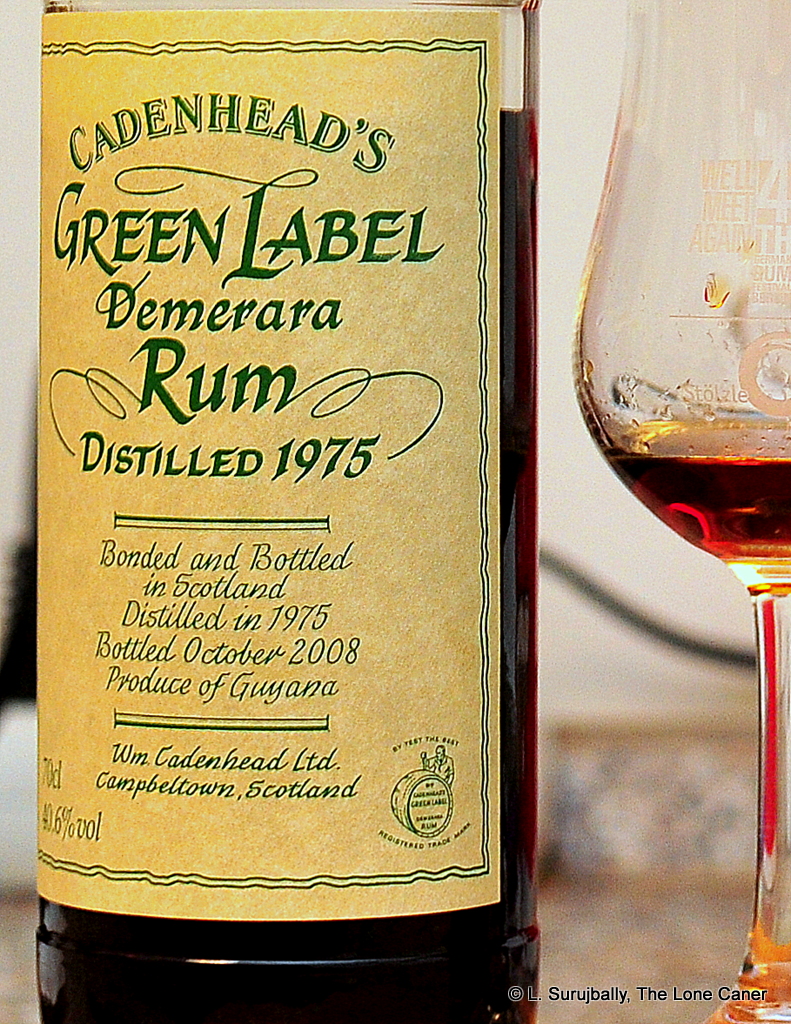 The word “accessible” I used above does not mean available, but
The word “accessible” I used above does not mean available, but 

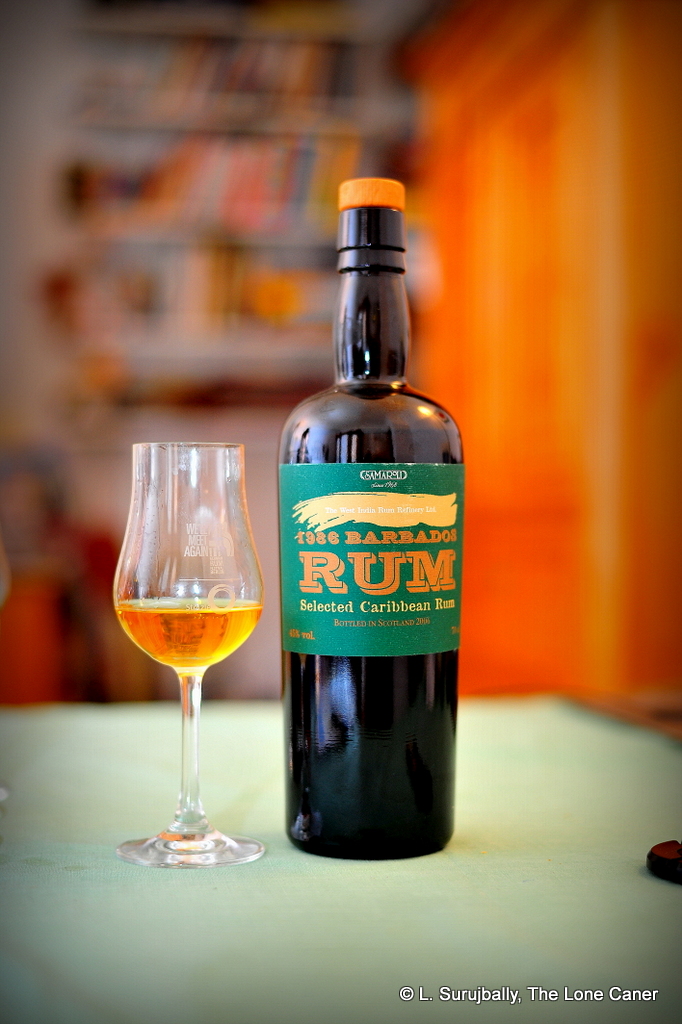
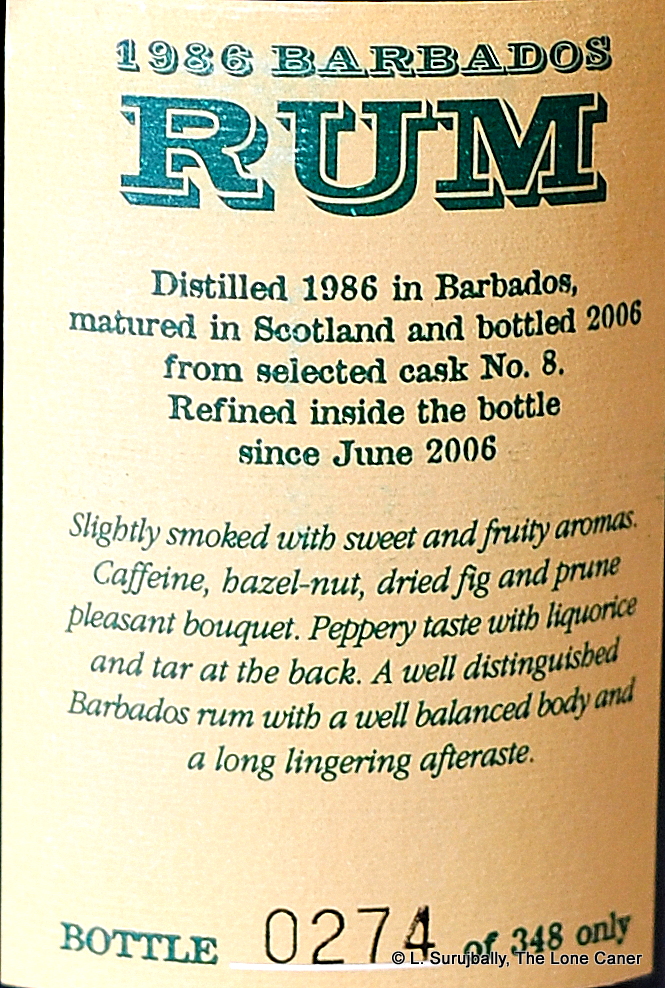
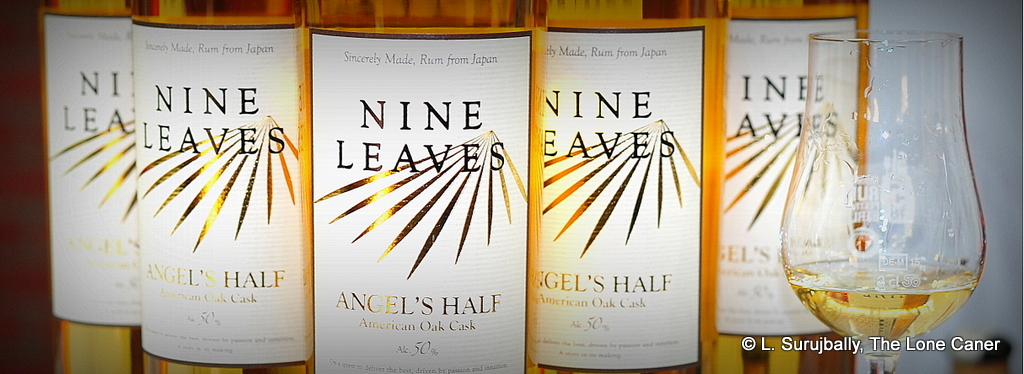


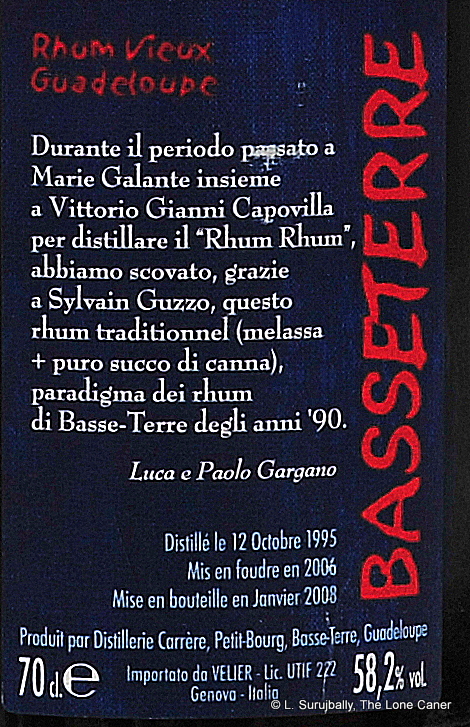
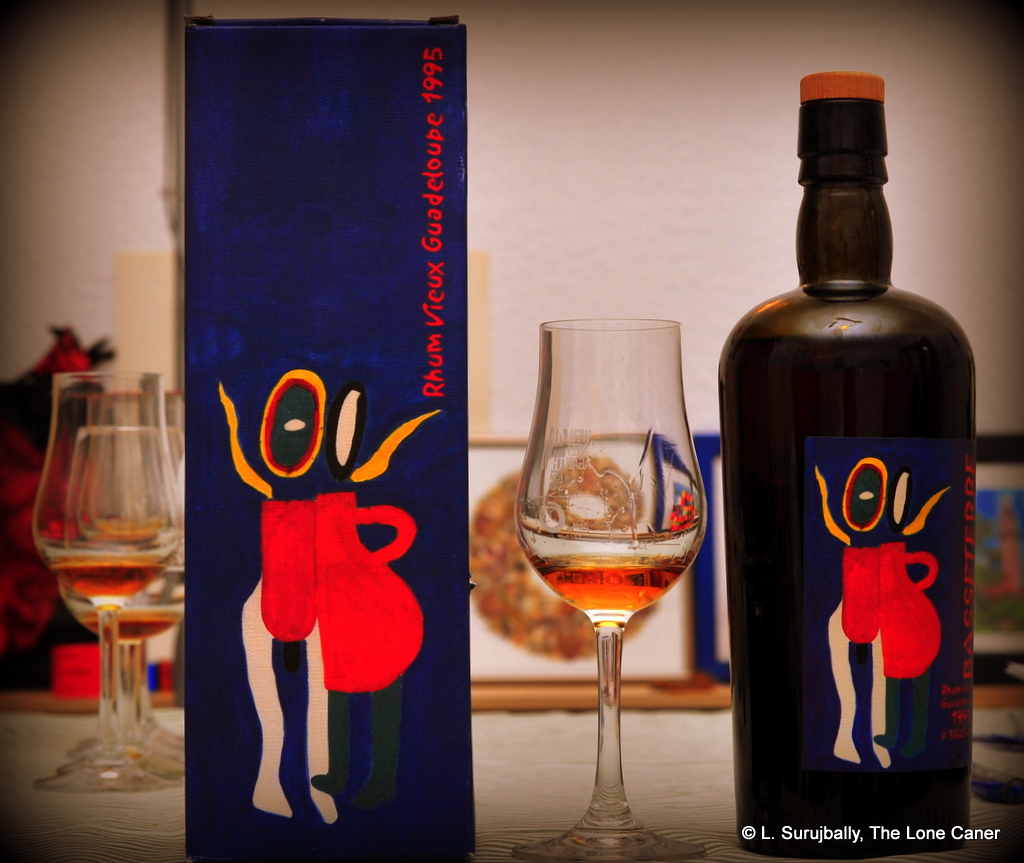


 grassy elements in the background, serving to swell a note or two without ever dominating the symphony
grassy elements in the background, serving to swell a note or two without ever dominating the symphony
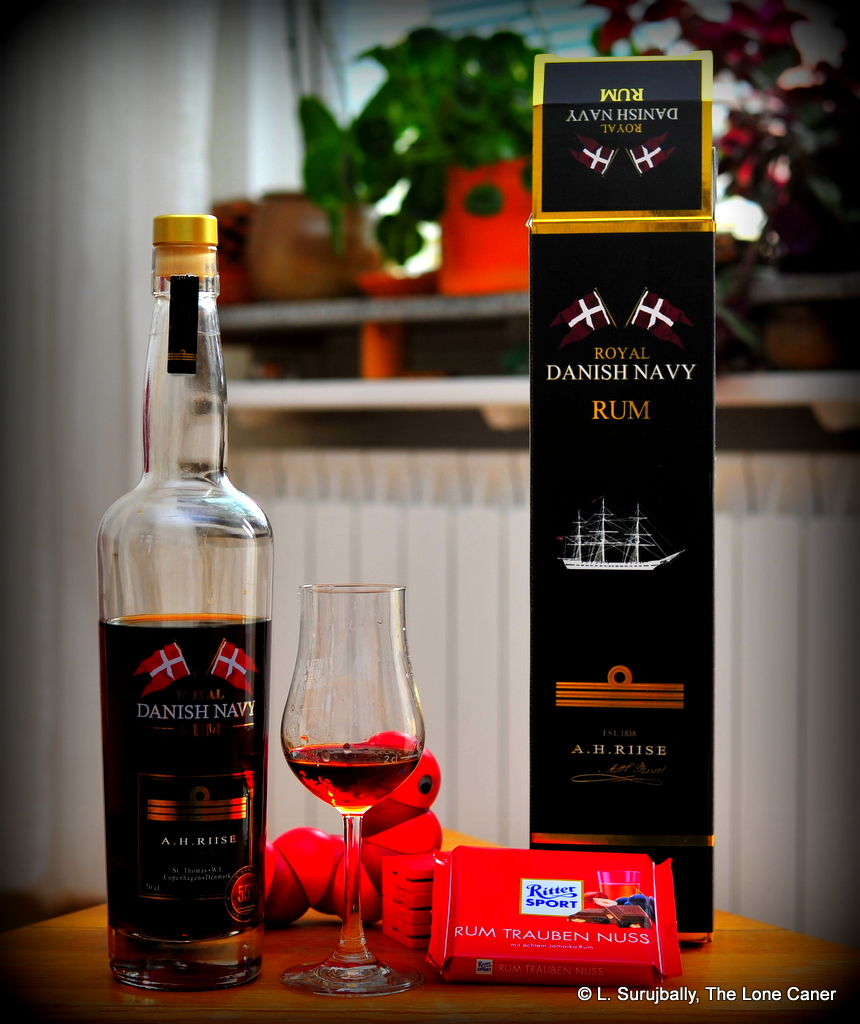 My mission, should I chose to accept it, is to get hammered on this crap. I drank it so you don’t have to.
My mission, should I chose to accept it, is to get hammered on this crap. I drank it so you don’t have to. 
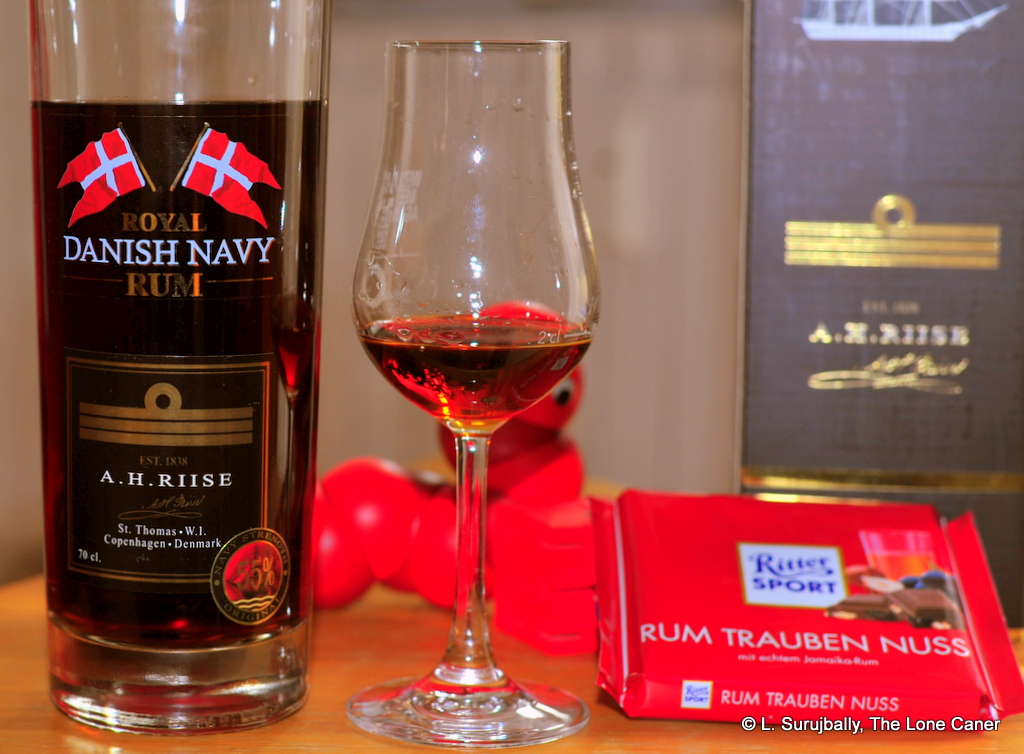
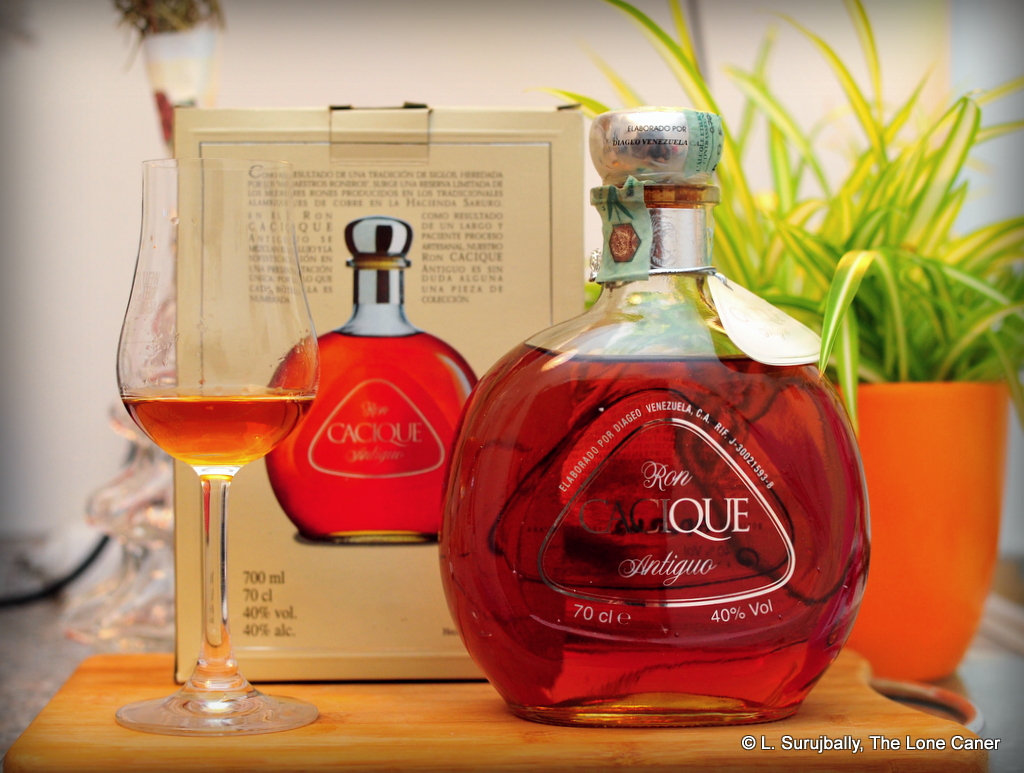
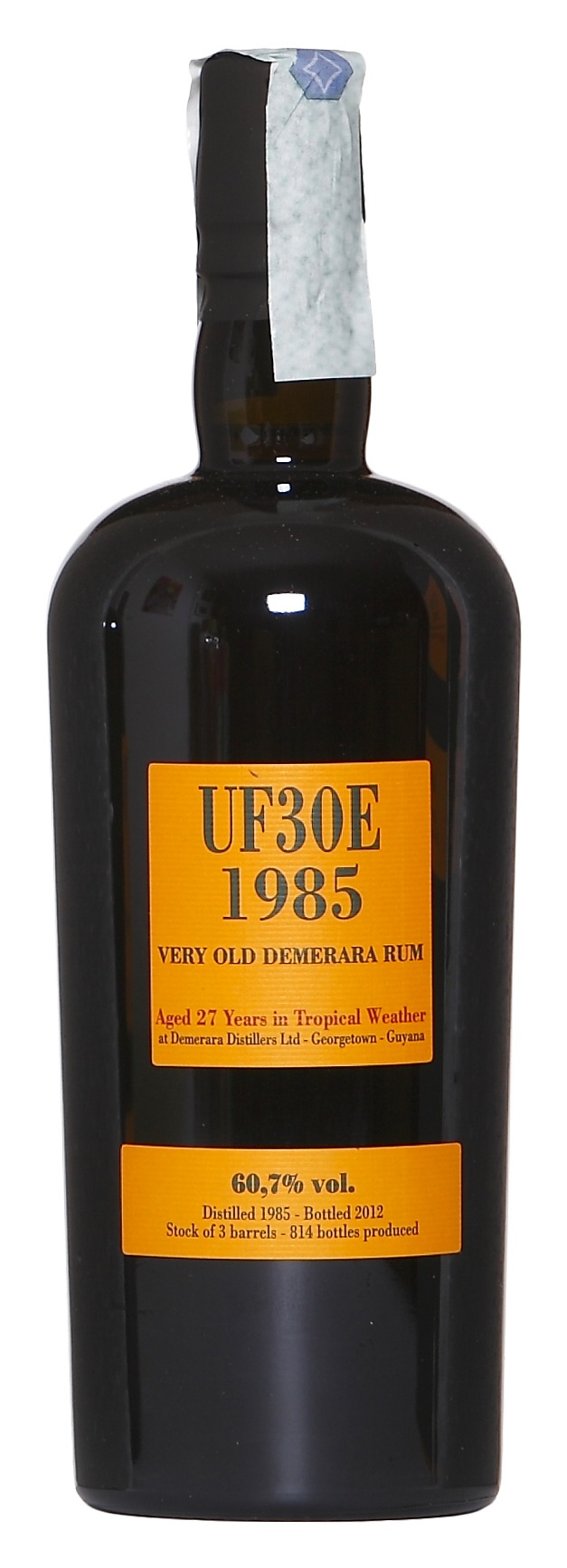 Rumaniacs Review 011 | 0411
Rumaniacs Review 011 | 0411 Rumanicas Review 010 | 0410
Rumanicas Review 010 | 0410